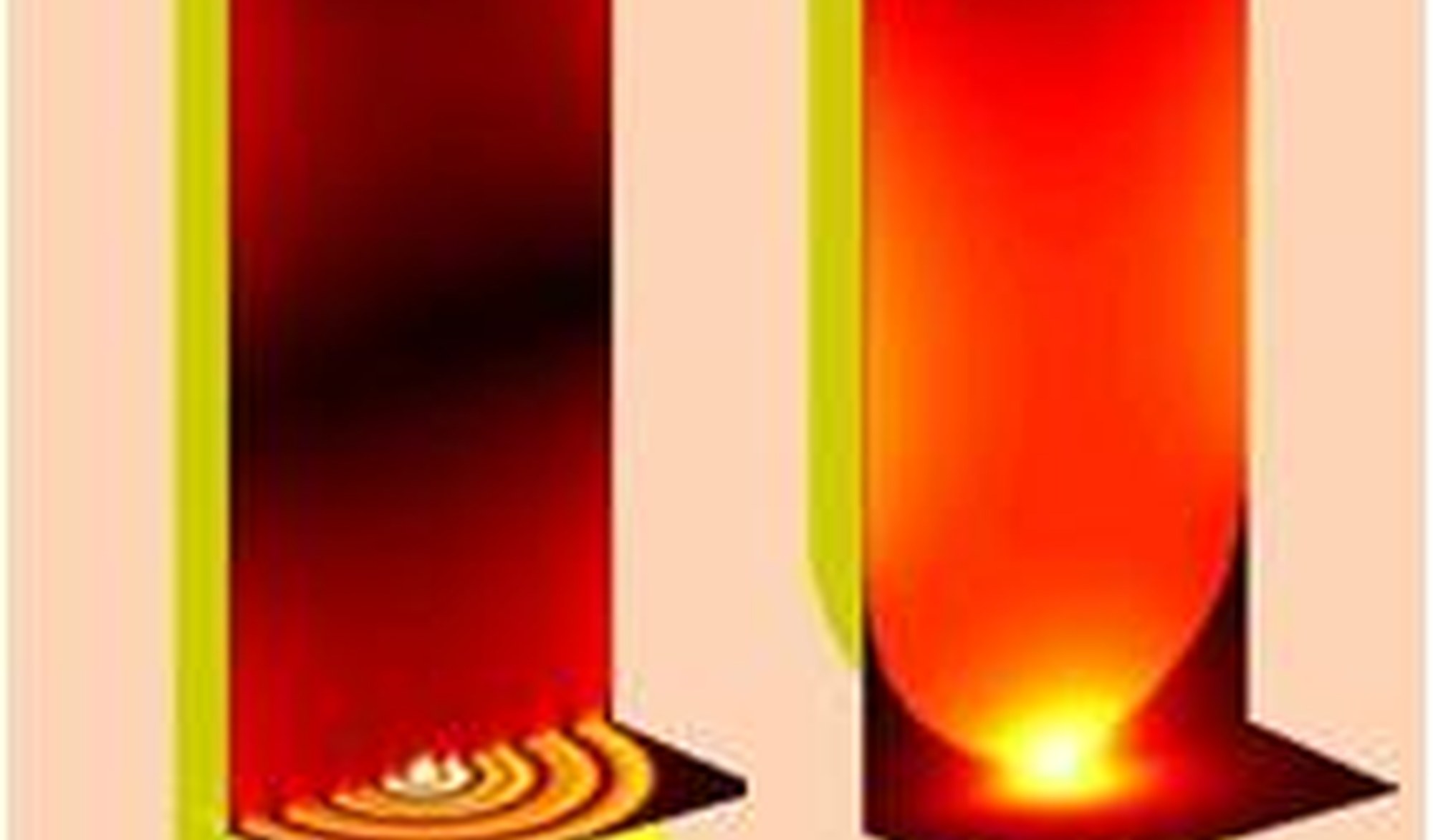Controlling light at the nanoscale using classical and quantum effects

Internship
Type of Project: Theory
Location: Donostia
Supervisors:
Ruben Esteban
ruben_esteban@ehu.eus
Light can be controlled by metallic structures in a similar manner as radio waves by a conventional antenna. To achieve this aim, the dimensions of these optical nanoantennas have to be comparable or smaller than the wavelength, going from a few hundred nanometers to even subnanometer features. From a physical perspective, their main difference with conventional antennas is the possibility to excite strong resonances of the free electrons of the metal that are called plasmon modes.
Plasmonics have attracted much interest in the nanophotonics community due to the design of nanodevices that can confine light to extremely small volumes, modify the emission of single photon for quantum information or improve spectroscopic measurements of molecules for biology and health studies, among others. Notably, plasmons are typically studied using classical electromagnetics, but there is increasing interest on quantum treatments that help to reveal new effects and to gain insights into the physical mechanisms involved. The task of the student during the internship will be to study the classical or quantum properties of such plasmonics structures using simulations or analytical methods.
